Miami Circle
A perfect circle of twenty-four mysterious holes dates back to prehistoric time.
Property developer Michael Bauman was in for a real surprise when he purchased a plot of land in downtown Miami in 1998. Bauman’s plans for the land were seemingly simple: demolish a 1950-era apartment complex and build a luxury condominium in its place.
During a routine archaeological survey of the site, however, hundreds of mysterious holes were discovered in a layer of Oolitic limestone bedrock and Bauman’s development plans immediately came to a halt. Through further investigation, twenty-four of the largest holes comprised a perfect circle, 38 feet (12 m) in diameter, and excavation results found a variety of artifacts ranging from human teeth to ancient tools.
Included in the artifacts were pieces of burnt wood which, after being tested for radiocarbon dating, are believed to be 1800-2000 years old. To date, Miami Circle is the only known evidence in the United States of a prehistoric structure built into bedrock. Evidence from this mysterious prehistoric “footprint” predates other known settlements along the East Coast.
The site is believed to have once been occupied by the Tequesta Indians, a local tribe whose known tools matched some of the shark tooth-related artifacts found during excavation. Theorists have suggested that the holes were structural postholes or part of the foundation for a building. Some believe the building was used for ceremonial purposes, as animal bones and unused tools appeared to be offerings.
Among these tools were two axe-heads made from basalt, a hard stone that is not indigenous to Florida. The finding of these tools contradicts the theory that the site was occupied by the Tequesta, however, as the volcanic rock is believed to have been from a location in Macon, Georgia - some 600 miles (970 km) away from the site.
The mysterious origin of the site has led to its nickname as “America’s Stonehenge”, (though there are a number of sites nicknamed this) and some critics and conspiracy theorists have offered alternative theories. Aliens, Mayans and septic tanks are among some of the suggested origins for the holes.
The State of Florida eventually purchased the land from Baumann after a series of high-profile disputes between Native American groups, contractors, and historic preservation committees. Miami Circle, otherwise known as Brickell Point or the Miami River Circle, was declared a National Historic Landmark in early 2009 and is currently under a 44-year lease agreement with the Historical Museum of Southern Florida. Visitors interested in the history of the Miami Circle can view artifacts on display through the museum’s permanent exhibition: “First Arrivals: The Archaeology of Southern Florida.”
Currently, the actual post holes composing the Miami circle are covered with sod and flagstones, to preserve the site. Visitors can still see the limestone perimeter, but the actual evidence of human construction is currently under several inches of soil and grass. Still, perimeter, and the placards on site allow visitors to contemplate the fact that our species has conducted business and life around the Bay for thousands of years.
Community Contributors
Added by
Edited by
The Atlas Obscura Podcast is Back!



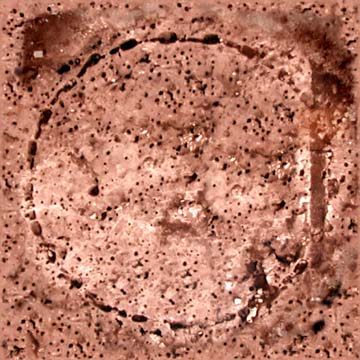
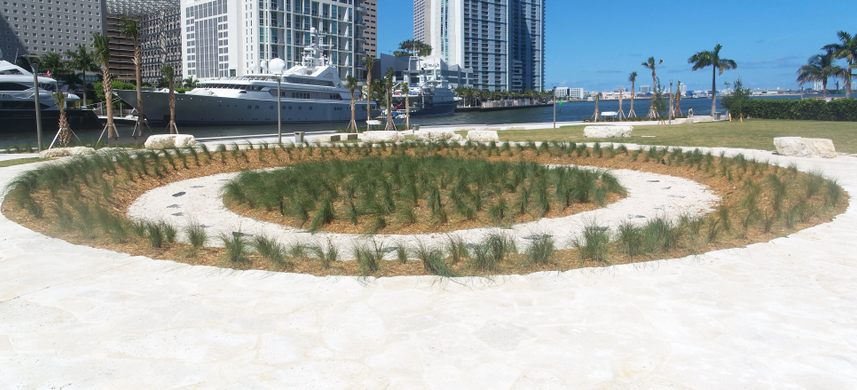


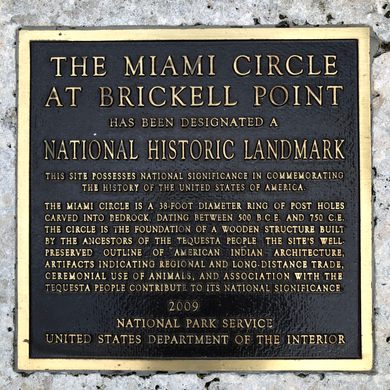
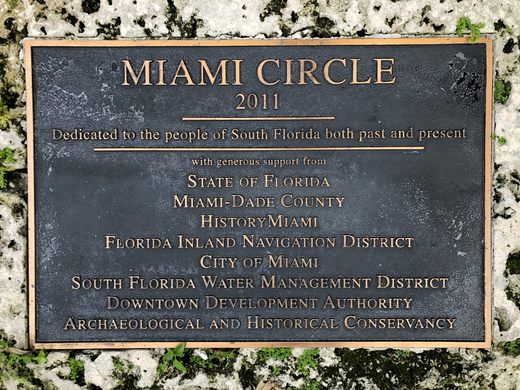



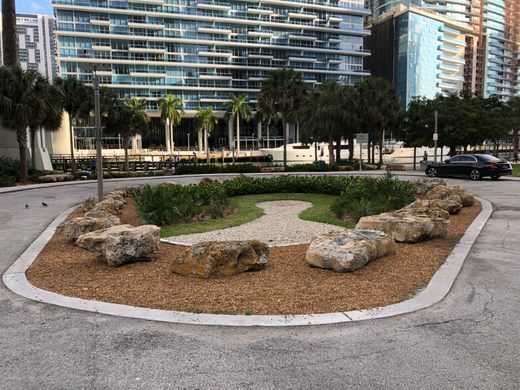

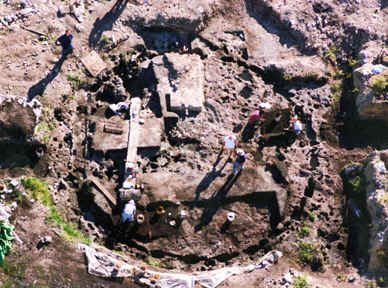






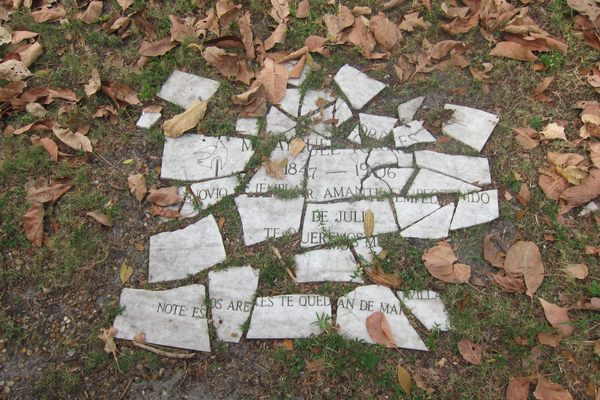

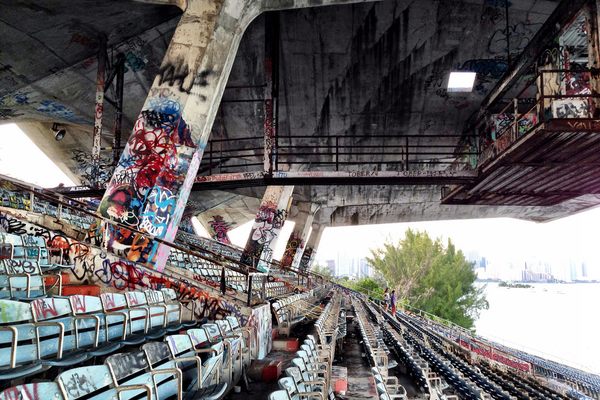
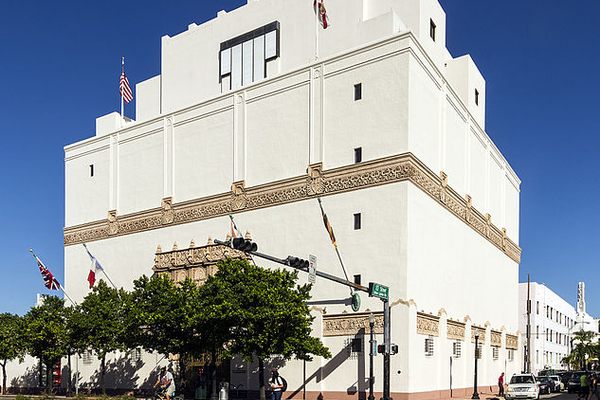

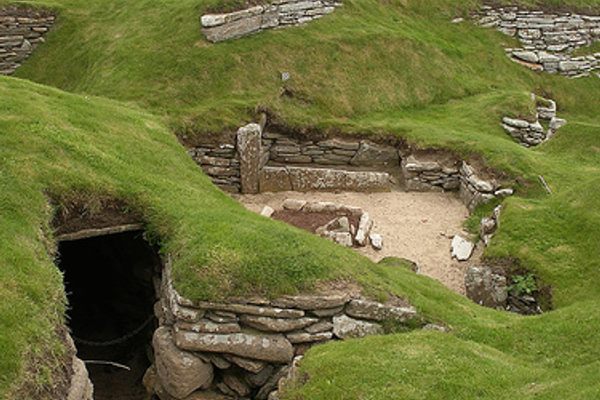


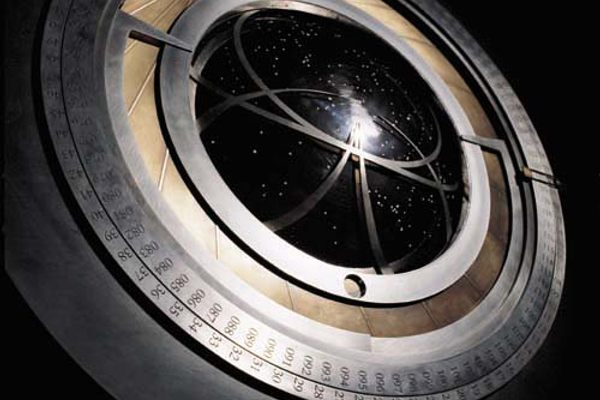


Follow us on Twitter to get the latest on the world's hidden wonders.
Like us on Facebook to get the latest on the world's hidden wonders.
Follow us on Twitter Like us on Facebook